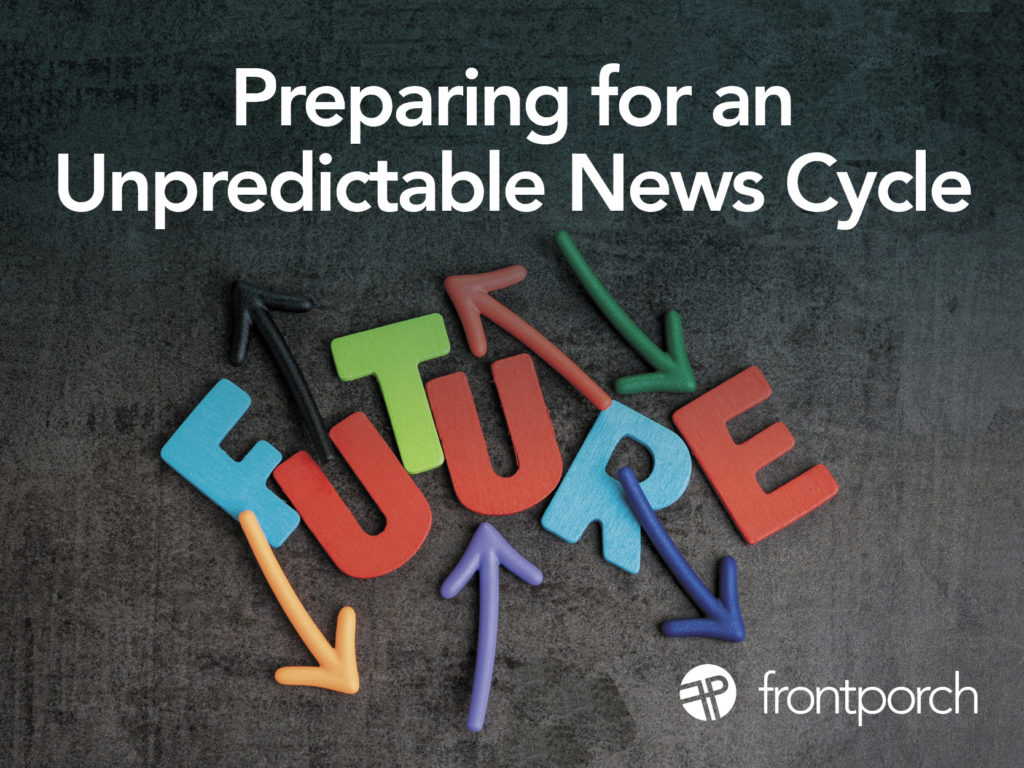
Why Staying on Top of Public Relations Trends is Valuable
Public relations professionals play an integral role in a client’s online reputation. Part of a PR professional’s job is to stay atop the latest public relations industry trends. Trends can play an important role in managing a client’s account.
What was important to consumers in the past might look different today. PR is all about cultivating an image in the minds of consumers. So certain tactics and strategies may resonate with an audience at any given time.
According to the online media monitoring company Meltwater, the five top PR trends that should pilot brand strategy in 2023 are:
Data and Analytics:
In 2023, tracking the impact of a client’s public relations efforts will be key. PR teams need, at a minimum, basic KPIs like brand awareness and favorability, social media engagement, and quality web traffic. With today’s analytics and PR reporting technology, data will play an increasingly essential role in PR strategies. It is an important public relations trend to stay on top of during the year.
Diversity and Inclusion:
More companies are doubling down on diversity, equity, and inclusion (DEI) initiatives, and for good reason. When employees can show up in a workplace where they can be their true selves they are more engaged. Employees are productive, and satisfied in their jobs. It is more than a public relations trend. It’s a shift in the way business will be done. As more consumers and employees raise their expectations of brands to embrace DEI at work, PR teams can expect it to be a recurring theme in their PR campaigns.
Influencer Marketing:
In 2023, focus on maintaining good relationships with existing influencers and connecting with new influencers. To fully leverage influencer marketing, PR teams need a good understanding of the influencer’s audience, niche, and content. These aspects go several layers deep and are full of nuances that can vary from one influencer to the next.
Without learning about these nuances, a company could end up doing more harm than good to its online reputation. One way to avoid potentially damaging influencer experiences is to add dedicated influencer resources to a PR team.
Personalized PR Pitch:
Tailoring PR pitches to individual journalists or influencers helps create messages that speak directly to their interests. It steers away from one-size-fits-none pitches. Instead it presents an eye-catching idea that’s hard to miss, even in an unpredictable news cycle. This helps to create instant trust and credibility. When pitching new sources you deepen the trust with media outlets and professionals. Keep this public relations trend top-of-mind when you practice media relations this year.
Authenticity:
As more marketers and PR professionals are using technology to develop custom experiences, it’s essential to maintain the human element. This makes personalization authentic. Consumers have increased their expectations of the companies with whom they do business. They expect brands to be transparent about ethics and values. Go beyond “marketing speak.” Authenticity is the intersection of these things. It’s no longer enough to spew generic phrases like “We’re in this together,” but back up your statements with actions. The bottom line: people have had many months to re-evaluate what’s important to them. They’re more discerning over how they use their time, which brands they engage with, and how they’re spending money.
Utilizing Public Relations Trends Helps Build Brands
Paying attention to PR trends can assist brands know the who, how, and when in addressing challenges and opportunities. This helps companies recognize and then embrace PR opportunities.











